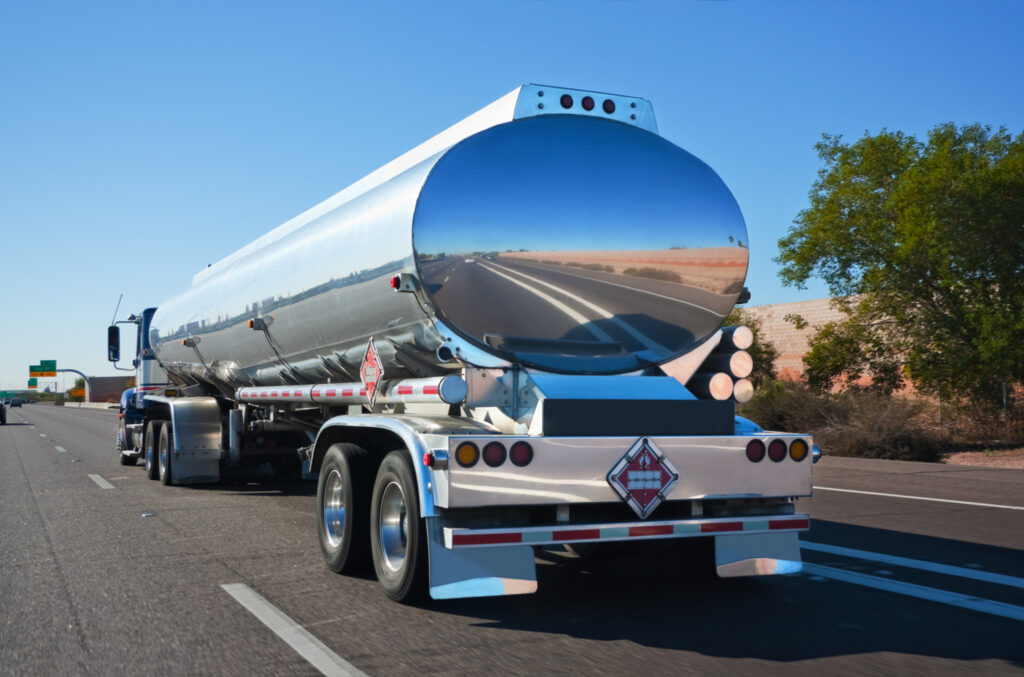Truck lightweighting options continue to evolve
The options that shed unwanted pounds from tractor-trailers continue to evolve, and bulk haulers may not be the only fleets that would benefit from the lighter equipment weights.
“Lightweighting makes sense in a wide variety of applications when it is looked at not only in terms of better fuel economy but also improved freight efficiency,” says Mike Roeth, executive director of the North American Council for Freight Efficiency (NACFE).

And NACFE believes more reefer and dry van fleets will face pressure to find weight savings in the face of efforts to promote denser freight.
The latest options and trends emerge in the think tank’s updated Confidence Report on Lightweighting report, five years after it first explored the benefits that could be realized through lighter equipment. And it identifies 25 options for tractors and 16 options for trailers including everything from aluminum fifth wheels, to disc brakes, and aluminum trailer floors.
There is clearly weight to be shed, too.
Heavier truck weights
NACFE reports that a typical tractor-trailer is 1,000 lb. heavier than it was a decade ago, thanks to equipment designed to tackle emissions and better driver amenities alike.
But some excess weights have been saved along the way. Lightweight frame cross members have become more popular, and steel and aluminum wheel manufacturers alike have managed to shed 5 lb. per wheel, NACFE says. (Aluminum frame rails that were explored five years ago are no longer available.)
Today the focus is on the cab and frame, aligning with work conducted under the U.S. Department of Energy’s SuperTruck program. Emerging research is looking to composite cab structures and even the use of lightweight films rather than paint.
A limited use of lightweighting technologies can save 2,000 lb., while more aggressive investments can double those savings, NACFE concludes. Bulk haulers who add those aggressive savings to their potential payloads can remove one out of every 11 trucks from the road.
Savings to be found
“If you’re not careful, the weight of these newer trucks will get away from you,” Jamie Hagen, owner and truck driver with Hell Bent Xpress, says in the report. “In this industry, weight costs. Being able to shave off 2,000 lb. on the base tractor equals profit – plain and simple.”
The lightweighting decisions are not always that straightforward, though. While fuel efficiency improves 0.5-0.6% per 1,000 lb. of shed weight, the saved fuel costs rarely offset the price of the new materials, NACFE says. Other options could bring higher maintenance costs or reduce equipment resale values.
The need to update the Confidence Report was driven in part by the search to support electric vehicles, which tend to be 2,500 to 5,000 lb. heavier than their diesel counterparts in the same duty cycles, NACFE says. Weight restrictions are seen as one of the key barriers to extending the operating ranges of such vehicles.
“The benefits of lightweighting are centered on payload – to carry more freight, or to offset the weight of other features added to the tractor and trailer,” adds Andrew Halonen, study team leader.
Findings in the updated report emerged through interviews with about 50 businesses including fleets, OEMs, and other suppliers.
Have your say
This is a moderated forum. Comments will no longer be published unless they are accompanied by a first and last name and a verifiable email address. (Today's Trucking will not publish or share the email address.) Profane language and content deemed to be libelous, racist, or threatening in nature will not be published under any circumstances.